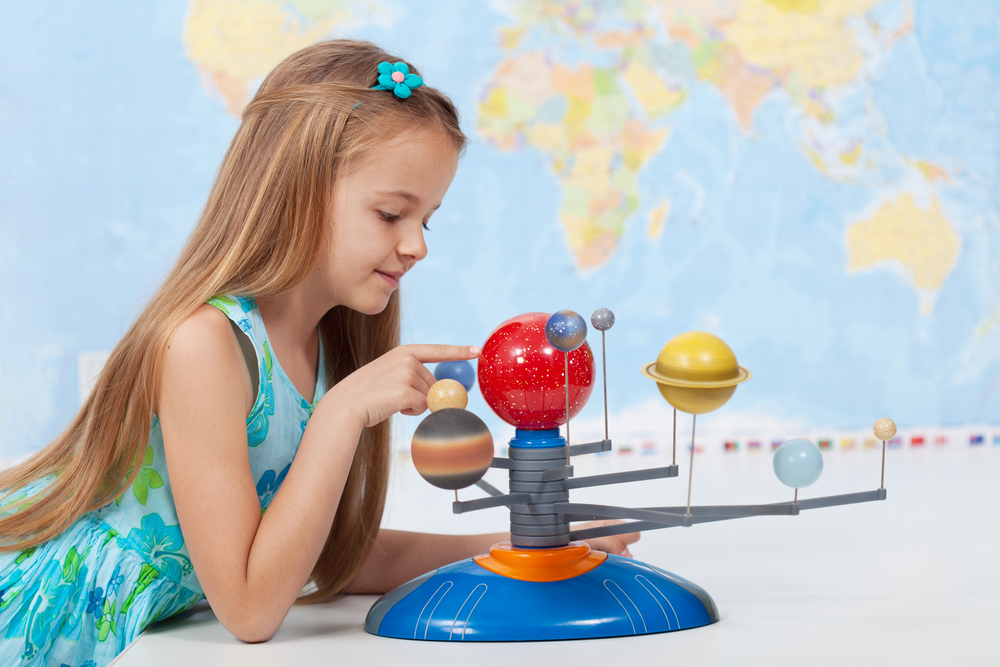Animal identification Normal Science Worksheets for Ages 7-9
5 filtered results
-
From - To
Discover a collection of engaging Animal Identification worksheets designed specifically for children aged 7-9. Our Normal Science Worksheets encourage young learners to explore and recognize various animal species through fun activities that promote observation and critical thinking skills. Each worksheet is packed with colorful images and interactive tasks that challenge students to distinguish traits, habitats, and behaviors of different animals. Perfect for enriching classroom learning or reinforcing concepts at home, these worksheets not only foster a deeper understanding of the animal kingdom but also inspire curiosity and a love for science in young minds. Explore the wonders of wildlife today!
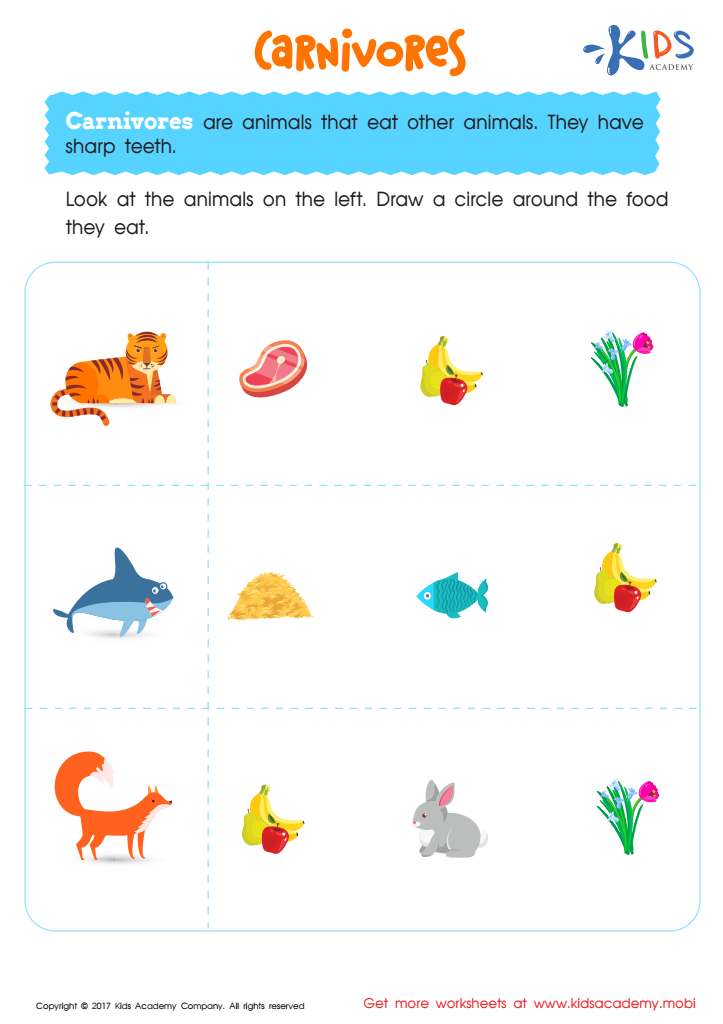

Carnivores Worksheet
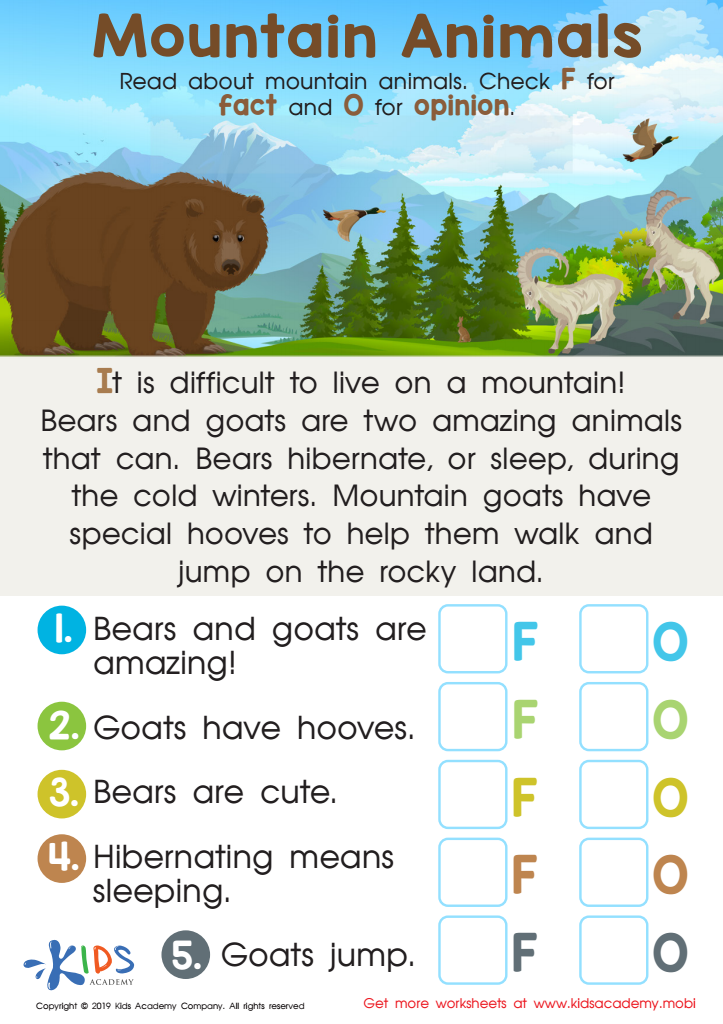

Mountain Animals Worksheet
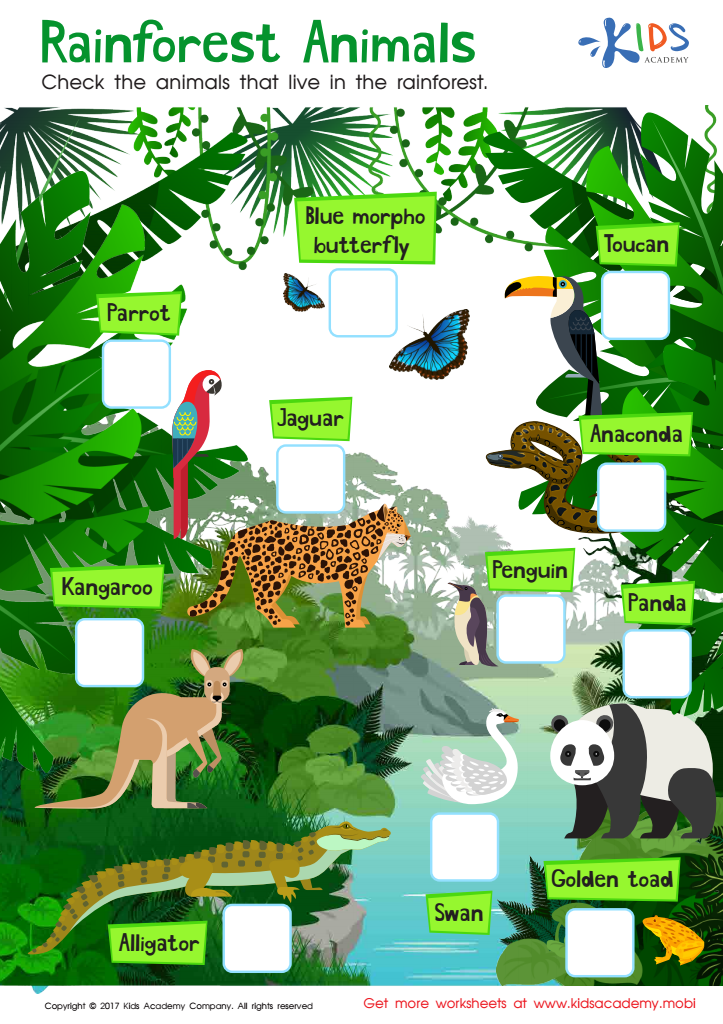

Rainforest Animals Worksheet
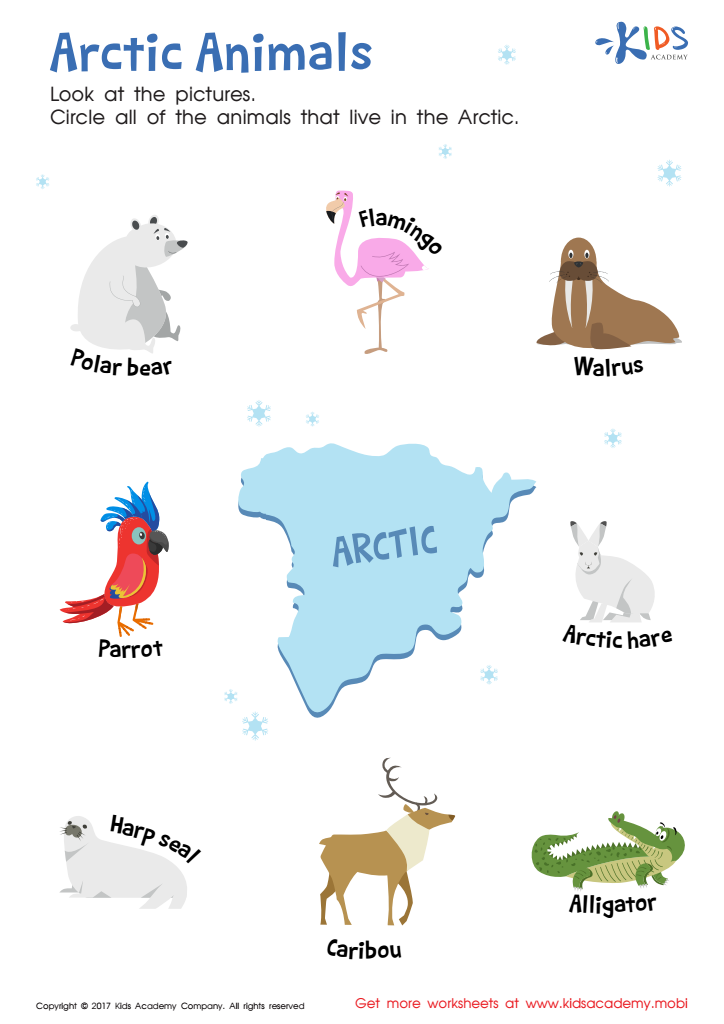

Arctic Animals Worksheet
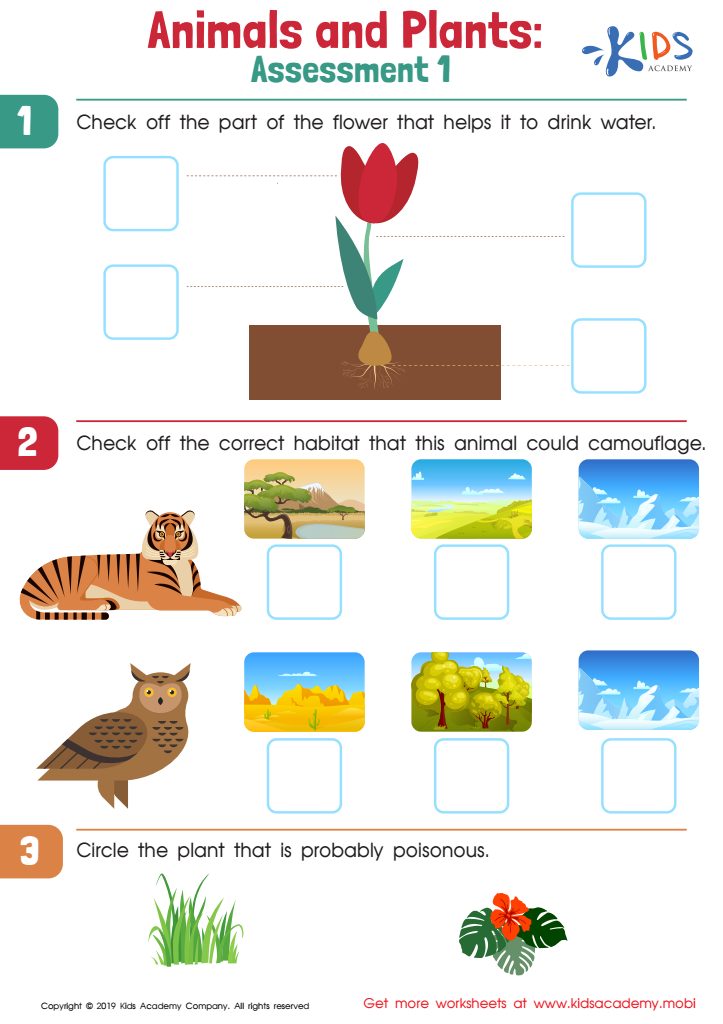

Animals and Plants: Assessment 1 Worksheet
Parents and teachers should care about animal identification as it plays a crucial role in children's education and understanding of the world around them. For ages 7-9, learning how to identify different animals fosters curiosity and a love for nature. Engaging with animal identification helps children develop critical thinking skills as they observe physical characteristics, habitats, and behaviors of various species, learn to categorize and classify them, and encourage wonderful discussions about biodiversity.
Moreover, this knowledge promotes empathy and responsibility towards wildlife and the environment. By understanding different animals and their roles in ecosystems, children learn the importance of conservation and respecting all living beings. These foundational skills not only enhance science knowledge but also cultivate teamwork and collaboration through group projects or outdoor exploration activities.
Additionally, animal identification can promote literacy, as children read about species, their habitats, and conservation efforts. Introducing this subject through fun and interactive lessons makes learning enjoyable and memorable, linking academic concepts to real life. Ultimately, caring about animal identification sets the stage for informed and environmentally conscious future generations.

 Assign to My Students
Assign to My Students





